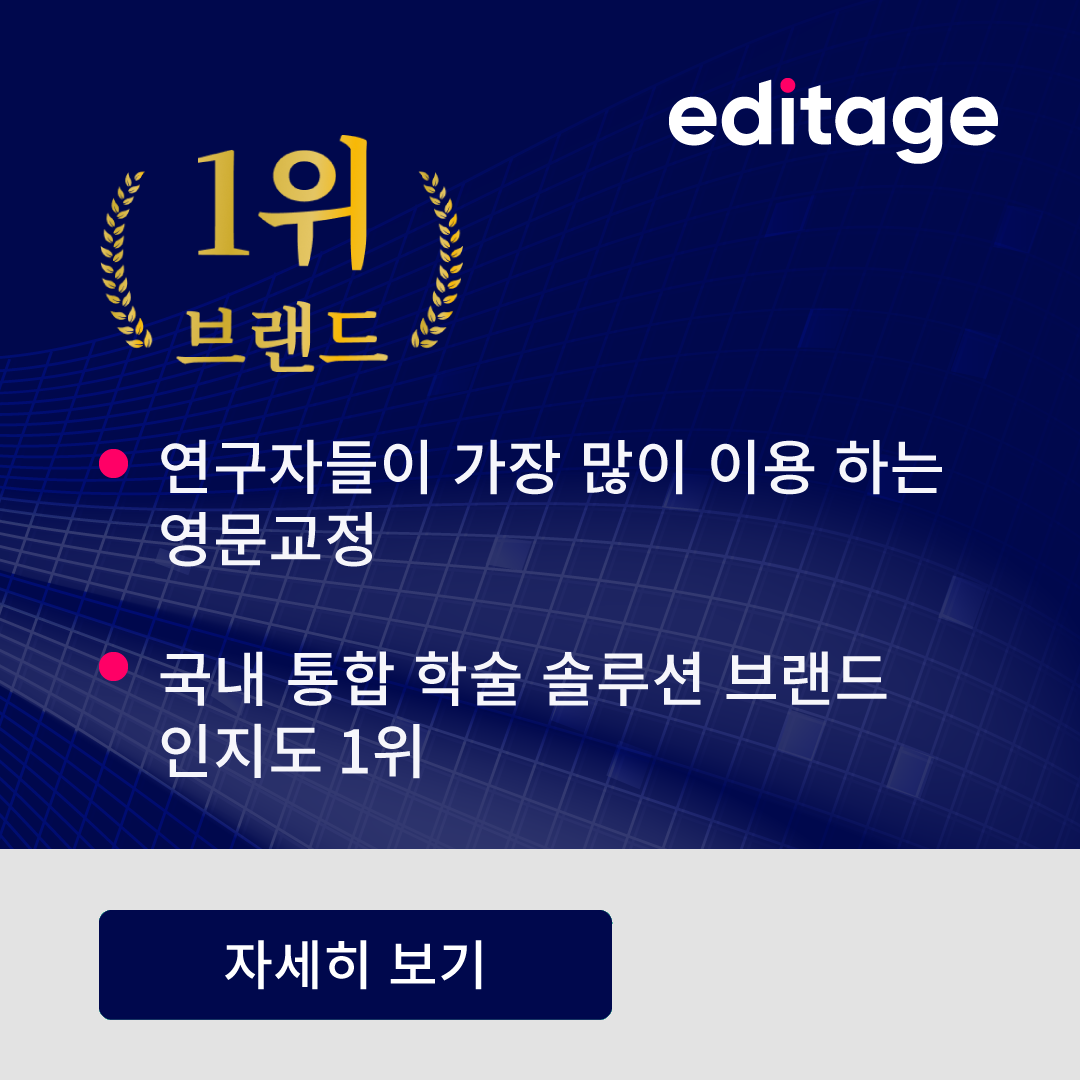Funding is indeed a big problem for scientists these days. Over the last decade, as an aftermath of the economic recession, the proportion of GDP devoted to funding research has gone down in most countries. Increased competition coupled with diminishing federal research funding has made it very difficult for university researchers to start new scientific projects. It is even more difficult for young researchers to get grants. According to a study, the average age of a recipient of a National Institutes of Health R01 grant is 43 years. This means that young researchers have to spend 15 years or more doing lab work before they can think of starting a project of their own. Also, it is sometimes difficult for smaller institutions to get grants, as a large proportion of government funding goes to the larger and more renowned universities.
It is indeed frustrating for a scientist when, even after going through the tedious process of applying for government or private grants and waiting for maybe a year or more, he still fails to raise funds for the project. To cope with this situation, scientists in the west have come up with an alternate funding source. This is called “crowdfunding.” In 2009, a website called Kickstarter was launched to offer a platform to raise funds for art, music, and other such creative projects. Using this model, several websites were launched in the subsequent years exclusively as funding platforms for scientific research. Microryza, Petridish, and FundaGeek are some such sites.
How does the system work? A person posts a brief description of the proposed project and asks for small donations from the public, and those who feel strongly about the issue addressed in the project can contribute. There is a specific time-frame within which the fund-raiser can raise the targeted amount, usually a few weeks to a couple of months. A list of project backers is provided on the site to help establish the credibility of the project and influence potential donors. Generally, the crowdfunding site receives a percentage of the amount the fund-raiser earns, and project backers often receive rewards for pledging to donate certain amounts. Thus, crowdfunding sites act as a support platform for researchers who wish to start a new project.
The system is however, not without its own set of challenges. Raising funds through crowdfunding is a highly effort-intensive process. Most crowdfunding sites don’t help to market the project or find backers. Additionally, using social media to promote the project and find donors can be time consuming, especially, since the fund-raiser has to do it on his own. Moreover, one needs to be extremely good at using social media and has to keep on generating hits. Apart from promoting the project, one might also need to give presentations to donor groups, and would need to rope in friends or colleagues to help with this as managing everything alone can be difficult.
However, despite the challenges, crowdfunding has some unique benefits. With the help of crowdfunding, more “high risk” projects that the government is not likely to invest in, can be funded. Additionally, in this system, the scientists are more accountable to the public as they receive contributions directly from donors. Another special feature of this system is that most of the projects that are funded are relevant to the society at large. Crowdfunding sites allow the public to identify problems they feel strongly about, and then then help to solve them by providing funding support to relevant projects. Many of the donations actually come from people who are affected by the problem that a particular project addresses and would want to find a solution to it.
There is however, some amount of risk involved for donors. Many of the research projects that are started with the help of crowdfunding sites never get completed. Additionally, since there is no supervising authority, the legitimacy of the scientists who post their projects on the websites cannot be guaranteed. These risks might be minimized if a national crowdfunding website is launched by major federal research institutes. These institutes can review the legitimacy of the scientists. Although crowdfunding cannot replace the traditional funding sources, in the face of the current difficulties in funding, it is definitely a resource that more and more scientists are turning to.











